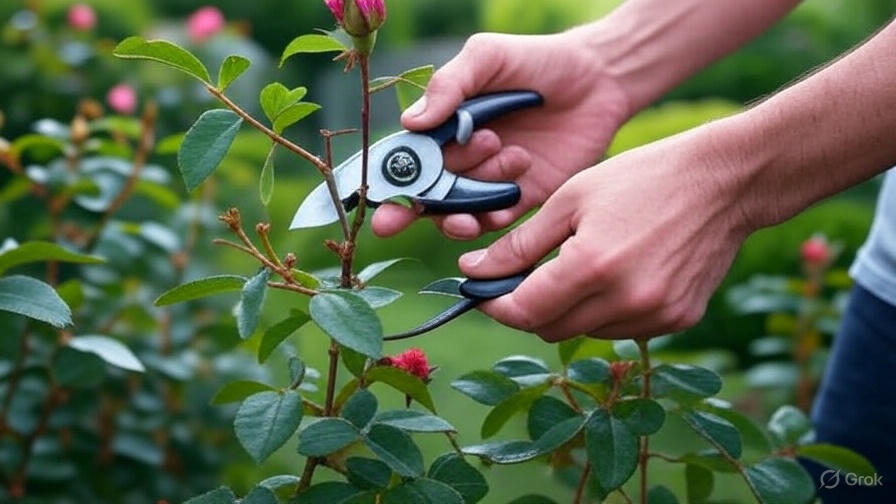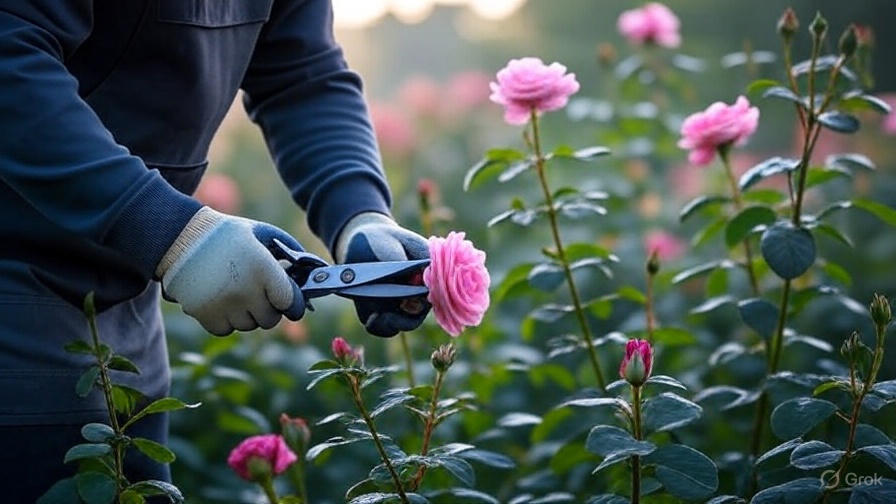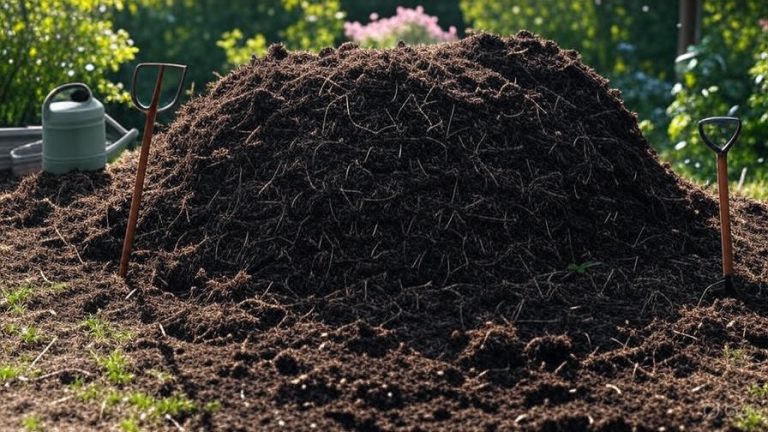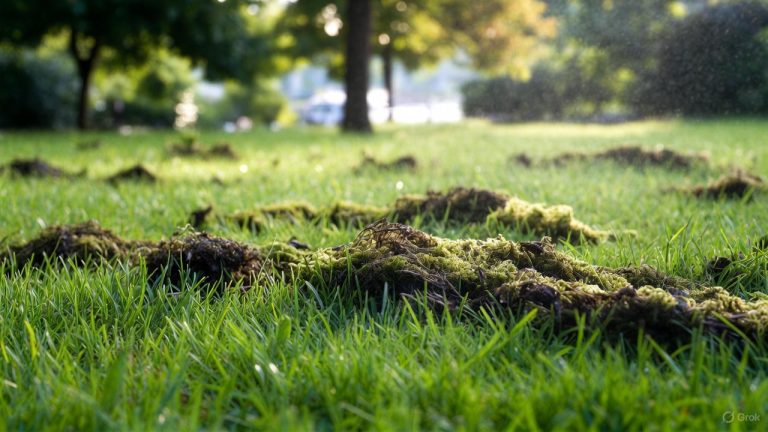How & When to Prune Roses?
Rose pruning intimidates many gardeners, but mastering this essential skill transforms your garden into a spectacular display of color and fragrance. Proper pruning techniques encourage vigorous growth, prevent disease, and maximize flower production throughout the growing season.
Why Rose Pruning Matters for Garden Success
Pruning roses serves multiple critical purposes that directly impact plant health and flower quality. Dead, diseased, or damaged wood drains energy from healthy growth and creates entry points for pests and pathogens. Regular pruning removes these problem areas while stimulating new growth from the base of the plant.
Well-pruned roses develop stronger branch structures that support heavy blooms without breaking. The improved air circulation reduces fungal problems like black spot and powdery mildew. Strategic cuts also shape the plant, directing growth where you want it most.
Neglected roses become woody, produce fewer flowers, and develop weak, spindly growth. Professional gardeners consistently prune their roses because they understand the dramatic difference it makes in overall plant performance.
Perfect Timing: When to Prune Different Rose Types
Timing your pruning correctly determines the success of your rose garden. Most roses require pruning during their dormant period, but specific timing varies by climate and rose variety.
Spring Pruning Schedule
In temperate climates, late winter to early spring provides the ideal pruning window. Wait until the last hard frost passes but before new growth begins actively emerging. This timing typically falls between February and April, depending on your location.
Watch for small red buds swelling on the canes as your signal to begin pruning. These buds indicate the plant is preparing for active growth. Pruning too early exposes fresh cuts to harsh winter weather, while waiting too long wastes the plant’s energy on growth you’ll remove.
Climate Considerations
Gardeners in mild winter areas can prune as early as January. Cold climate gardeners should wait until March or April when temperatures consistently stay above freezing. Desert regions often require earlier pruning to avoid extreme summer heat stress.
Spring-blooming roses like climbers and ramblers follow different rules. These varieties bloom on old wood, so prune them immediately after their flowering period ends. Summer pruning gives them time to develop next year’s flowering wood.
Fall Pruning Practices
Light fall pruning in harsh winter climates prevents wind damage and reduces disease pressure. Remove only the tallest canes and any obviously diseased wood. Save major pruning for spring when you can assess winter damage.
Warm climate gardeners can perform heavier fall pruning since roses continue growing through winter. This timing works especially well for hybrid teas and grandifloras that benefit from regular maintenance.
Essential Tools for Professional Results
Sharp, clean tools make pruning safer and more effective. Dull blades crush stems instead of making clean cuts, creating wounds that heal poorly and invite disease. Invest in quality tools that will last for years with proper care.
Basic Pruning Arsenal
Hand pruners handle most rose pruning tasks. Bypass pruners work better than anvil types because they make cleaner cuts without crushing delicate tissue. Look for models with replaceable blades and comfortable grips that reduce hand fatigue during long pruning sessions.
Loppers tackle thicker canes that hand pruners can’t handle. Long handles provide extra leverage for cutting through tough, woody growth. Telescoping handles adjust to different working heights and reach into dense shrubs.
Pruning saws cut through very thick, old canes that resist other tools. A sharp folding saw fits easily in your garden tool belt and handles emergency cuts when other tools fail.
Safety Equipment
Heavy leather gloves protect your hands from thorns while allowing enough dexterity for precise cuts. Rose thorns can cause painful puncture wounds that easily become infected. Long sleeves and pants provide additional protection when working with climbing roses or large shrubs.
Safety glasses shield your eyes from flying debris and snapping branches. Roses can whip back unexpectedly when tension releases during cutting.
Tool Maintenance
Clean tools with rubbing alcohol between plants to prevent disease transmission. Sharp tools require less force and make cleaner cuts that heal faster. Dull blades can be sharpened or replaced depending on the tool design.
Oil metal parts lightly to prevent rust during storage. Well-maintained tools perform better and last longer, making them a worthwhile investment for serious gardeners.
Step-by-Step Pruning Techniques
Successful rose pruning follows a logical sequence that addresses the most important issues first. This systematic approach ensures you don’t miss critical problems while maintaining the plant’s natural shape and structure.
Initial Assessment
Begin by examining the entire plant before making any cuts. Look for dead, diseased, or damaged wood that must be removed regardless of the pruning style. Identify weak, spindly growth that competes with stronger canes for resources.
Note the plant’s overall shape and size. Determine which canes provide the best framework for future growth. Mark mentally or with colored tape any canes you plan to remove or shorten.
The Four D’s: Dead, Diseased, Damaged, and Duplicate
Start by removing all dead wood, cutting back to healthy tissue or the base of the plant. Dead canes appear brown or black and feel hollow when squeezed. Make cuts just above healthy buds or at the base if the entire cane is dead.
Remove diseased wood next, cutting well below any signs of infection. Canker, dieback, and other diseases spread quickly if infected wood remains. Disinfect your tools after each cut on diseased material.
Cut out damaged canes that show signs of mechanical injury, insect damage, or weather stress. These weakened areas rarely recover and often become entry points for disease organisms.
Eliminate duplicate canes that crowd the center of the plant. Remove the weaker of two canes that grow close together or cross each other. This opens up the plant’s center for better air circulation.
Shaping Cuts
After removing problem wood, focus on shaping the plant. Cut back remaining canes to the desired height, making cuts just above outward-facing buds. This directs new growth away from the center of the plant.
Remove any growth below the graft union on grafted roses. These suckers rob energy from the desired variety and can eventually take over the plant. Dig down to where suckers originate and pull them off at their base.
Thin out weak interior growth that receives little light. These spindly canes rarely produce quality blooms and compete with stronger growth for nutrients and water.
Finishing Touches
Step back and evaluate the plant’s appearance after major pruning. Make final adjustments to balance the shape and remove any canes you missed. The finished plant should have an open center with strong, evenly spaced canes.
Clean up all pruning debris from around the plant. Rose clippings can harbor disease organisms and should be disposed of rather than composted. Rake up fallen leaves and other organic matter that might shelter pests.
Pruning Different Rose Categories
Rose varieties fall into distinct categories that require different pruning approaches. Understanding these differences helps you tailor your technique to each plant’s specific needs and growth habits.
Hybrid Tea Roses
Hybrid tea roses benefit from annual hard pruning that encourages strong new growth and large flowers. Remove about two-thirds of the previous year’s growth, cutting back to strong outward-facing buds.
Leave 3-5 of the strongest canes on mature plants. These should be pencil-thick or larger and show no signs of disease or damage. Remove all weak, thin growth that won’t support large blooms.
Cut canes to 12-18 inches tall in most climates. Cold regions may require shorter cuts to avoid winter damage, while mild climates can leave canes longer for earlier blooms.

Floribunda and Grandiflora Roses
These roses produce clusters of flowers and can tolerate lighter pruning than hybrid teas. Remove about half the previous year’s growth, focusing on maintaining the plant’s natural shape.
Leave more canes on floribundas since they produce smaller individual flowers in greater numbers. Remove only the weakest growth and any canes that crowd the center.
Grandifloras combine traits of hybrid teas and floribundas. Prune them similar to hybrid teas but leave slightly more growth to support their larger size and cluster flowering habit.
Climbing Roses
Climbing roses require different timing and techniques than bush roses. Prune them after flowering to allow time for new growth to mature and develop flowering wood for next year.
Remove only the oldest, least productive canes from established climbers. These plants can take several years to reach full flowering potential, so avoid heavy pruning on young plants.
Train new growth horizontally when possible to encourage more flowering spurs. Tie canes to supports regularly to prevent wind damage and maintain the desired shape.
Shrub and Landscape Roses
Modern shrub roses often require minimal pruning beyond removing dead wood and maintaining size. These roses are bred for disease resistance and continuous blooming without intensive maintenance.
Remove about one-third of the oldest canes each year to encourage new growth from the base. This renewal pruning keeps plants vigorous without sacrificing too much flowering wood.
Landscape roses planted in mass displays can be pruned with hedge shears for efficiency. This technique works well for groundcover roses and other varieties used in commercial plantings.
Common Pruning Mistakes to Avoid
Even experienced gardeners make pruning errors that can set back rose performance for months or even years. Learning to recognize and avoid these common mistakes saves time and frustration while improving your results.
Pruning at the Wrong Time
Late fall or early winter pruning in cold climates stimulates new growth that winter weather will kill. This wastes the plant’s energy and creates more dead wood to remove later. Wait until spring when you can assess winter damage accurately.
Pruning spring-blooming climbers in winter removes all the flowering wood. These roses bloom on old wood that formed the previous year. Prune them immediately after flowering instead.
Making Poor Cuts
Cutting too close to buds damages them and prevents proper sprouting. Leave about 1/4 inch above the bud to provide protection while allowing room for growth. Angle cuts slightly away from the bud to shed water.
Ragged cuts from dull tools heal slowly and invite disease. Keep tools sharp and make clean cuts through stems in one motion. Crushing or tearing tissue creates larger wounds that take longer to heal.
Removing Too Much or Too Little
Severe pruning on weak plants can kill them by removing too much photosynthetic capacity. Weak roses need gradual rehabilitation over several years rather than drastic cuts.
Timid pruning leaves too much old wood that produces inferior flowers. Most roses benefit from relatively hard pruning that might seem severe but results in vigorous new growth.
Ignoring Plant Health
Pruning diseased plants without disinfecting tools spreads problems throughout the garden. Clean tools between plants, especially when working with infected material.
Leaving diseased wood on plants because it looks alive dooms the plant to continued health problems. Remove all questionable wood and dispose of it properly.
Post-Pruning Care for Optimal Results
Proper care after pruning determines how well roses respond to your efforts. Newly pruned plants need extra attention as they direct energy into new growth and recovery.
Feeding and Fertilizing
Apply balanced fertilizer after pruning to support new growth. Roses are heavy feeders that benefit from regular nutrition throughout the growing season. Slow-release fertilizers provide steady nutrition without frequent applications.
Organic matter like compost or aged manure improves soil structure and provides nutrients gradually. Work organic amendments into the soil around plants each spring after pruning.
Avoid high-nitrogen fertilizers immediately after pruning in cold climates. Too much nitrogen can stimulate growth that’s vulnerable to late frosts.
Watering Strategies
Deep, infrequent watering encourages strong root development. Newly pruned roses need consistent moisture to support rapid new growth. Water at the base of plants to keep foliage dry and reduce disease pressure.
Mulch around plants to conserve moisture and suppress weeds. Organic mulches like shredded bark or compost break down gradually and improve soil structure.
Avoid overhead watering that wets foliage, especially in humid climates where fungal diseases thrive. Soaker hoses or drip irrigation systems provide efficient water delivery.
Disease Prevention
Good air circulation around pruned plants reduces disease pressure. Proper spacing between plants and removal of interior growth promotes airflow that keeps foliage dry.
Preventive fungicide applications may be necessary in areas with severe disease pressure. Start treatments early in the season before problems develop.
Clean garden practices like removing fallen leaves and pruning debris eliminate overwintering sites for disease organisms and pests.
Seasonal Maintenance Beyond Major Pruning
Rose care extends beyond annual pruning to include regular maintenance throughout the growing season. These ongoing tasks keep plants healthy and productive.
Deadheading Techniques
Remove spent flowers regularly to encourage continued blooming. Cut back to the first five-leaflet leaf below the flower cluster. This technique promotes new flowering shoots from lower on the stem.
Leave hips on once-blooming roses and those grown for their decorative fruit. Hip production signals the plant to prepare for dormancy, which is important for winter hardiness.
Stop deadheading 6-8 weeks before the first expected frost to allow plants to harden off for winter. Late-season flowers can be left to form hips naturally.
Sucker Removal
Watch for growth emerging from below the graft union throughout the growing season. These suckers can appear several feet from the main plant and compete for resources.
Remove suckers promptly by digging down to their point of origin and pulling them off. Cutting suckers at ground level often stimulates more growth from the same point.
Water Sprout Management
Vigorous vertical shoots called water sprouts sometimes develop after heavy pruning. These fast-growing shoots rarely flower well and can be removed during the growing season.
Some water sprouts may be useful for replacing older canes if they’re well-positioned. Evaluate each shoot individually rather than removing them all automatically.
Rose pruning transforms from a daunting task into a rewarding garden practice once you understand the principles and techniques. Regular pruning keeps your roses healthy, productive, and beautiful year after year. The investment in proper tools, timing, and technique pays dividends in spectacular blooms and vigorous plant growth.
Start with basic techniques on a few plants and build your confidence gradually. Each rose variety may require slight modifications to the general principles, but the fundamental approaches remain consistent. With practice, you’ll develop an eye for what each plant needs and the skills to provide it.
Remember that pruning is as much art as science. While guidelines provide the framework, observation and experience teach you to read each plant’s individual needs. The most successful rose gardeners combine technical knowledge with intuitive understanding developed through years of hands-on experience.







